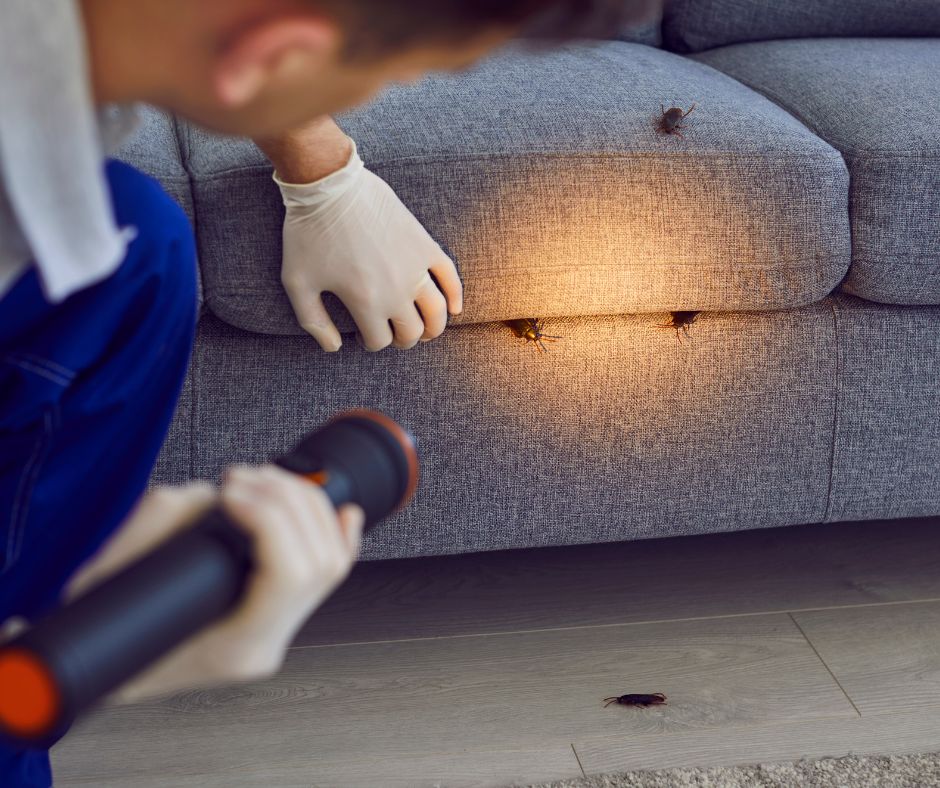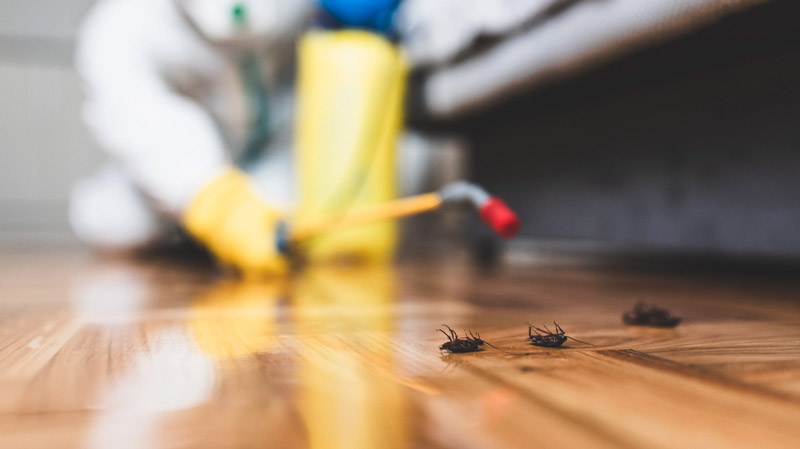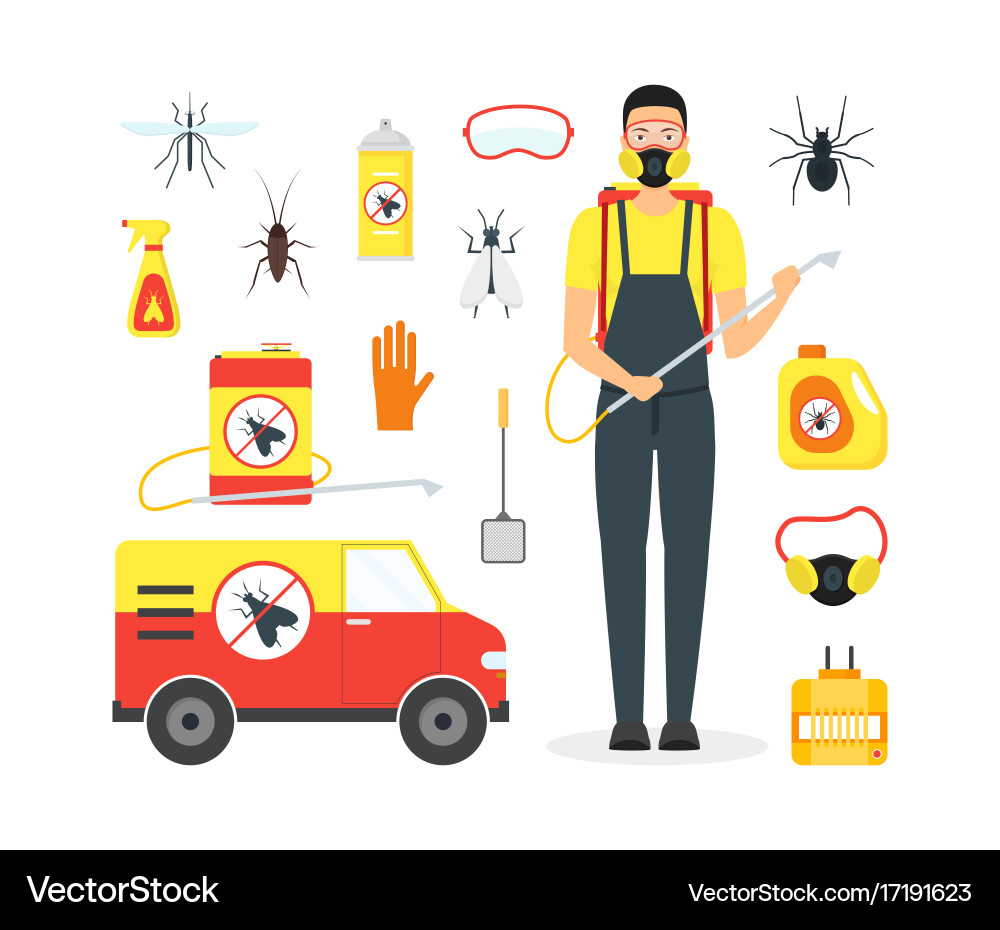Affordable Pest Control in Port Charlotte
Affordable Pest Control in Port Charlotte
Blog Article
Comprehensive Guide to Recognizing Parasite Control Methods and Their Therapy
Comprehending insect control methods is vital for efficient administration of unwanted microorganisms that position risks to wellness, farming, and property. What variables should be taken into consideration when choosing the ideal parasite control technique for a particular circumstance?
Introduction of Parasite Control Approaches
Insect control methods include a variety of methods created to manage and get rid of unwanted microorganisms that can harm human health, farming, and residential property. Reliable insect administration is critical for preserving the honesty of environments and ensuring the security of food materials. These approaches can be generally categorized into 3 main techniques: cultural, mechanical, and organic controls.

Social control entails modifying farming practices or environmental conditions to reduce insect establishment and reproduction. This method consists of plant rotation, cleanliness, and choosing pest-resistant plant ranges. Mechanical control relies upon physical barriers or tools to avoid pest gain access to or straight eliminate them. Examples include catches, internet, and hand-picking hazardous bugs.
Organic control uses natural predators, parasites, or pathogens to regulate pest populaces. This technique emphasizes eco-friendly equilibrium and can include introducing useful insects, such as ladybugs or aggressive nematodes, to handle bug existence.
Integrated pest monitoring (IPM) integrates these methods, making use of an alternative approach that stresses prevention, monitoring, and responsible monitoring. By utilizing a blend of these approaches, insect control can be a lot more lasting and efficient, decreasing dependence on chemical treatments while securing human wellness and the atmosphere.

Chemical Parasite Control Solutions
A variety of chemical parasite control options are offered, supplying effective choices for taking care of insect populaces when other approaches may fail. These solutions largely include insecticides, herbicides, fungicides, and rodenticides, each created to target details insects while reducing damage to non-target microorganisms.
Insecticides are particularly efficient versus a series of pests, consisting of ants, cockroaches, and termites, and can be categorized as call or systemic agents. Get in touch with insecticides eliminate parasites on call, while systemic insecticides are taken in by plants, making them toxic to insects that prey on them. Herbicides are used to manage unwanted greenery, whereas fungicides are vital for handling fungal illness that can harm plants and decorative plants.
Rodenticides, designed for rodent control, are available in different solutions, consisting of lures and tracking powders. It is crucial to follow label directions diligently to make certain safety and security and efficiency. In addition, incorporated insect monitoring (IPM) principles ought to be employed, combining chemical options with social, mechanical, and organic approaches for lasting bug control. This holistic approach not only boosts pest administration efficiency however additionally lowers possible environmental effects associated with chemical use.
Biological Bug Control Techniques
Organic pest control strategies provide an eco pleasant alternative to chemical approaches by making use of view it all-natural predators, bloodsuckers, or microorganisms to manage bug populations. This technique leverages the ecological relationships in between organisms, advertising a balanced environment while minimizing chemical deposit in the atmosphere.
One of the most usual biological control approaches includes the intro of natural opponents. Ladybugs are employed to control aphid populaces, while parasitical wasps can target caterpillars and other insects. These all-natural killers successfully decrease pest numbers without hurting advantageous pests.
In addition, microbial agents such as germs, fungis, and infections are used to infect and kill certain parasites. Bacillus thuringiensis (Bt), a normally occurring germs, is commonly made use of to manage caterpillars and various other visit the website larvae, showcasing the effectiveness of microbial insect control.

Physical and Mechanical Methods
Regularly used in integrated parasite administration strategies, physical and mechanical methods offer as effective tools for controlling parasite populations without using chemicals. These techniques rely upon physical obstacles, traps, and other mechanical tools to stop or get rid of insects, making them ecologically pleasant options.
Physical approaches include using barriers such as insect netting, displays, or row covers that literally block parasites from accessing plants. This is especially useful in farming setups where plant defense is necessary. In addition, environment control, such as eliminating debris and standing water, can reduce pest breeding websites, thus minimizing invasions.
Mechanical approaches encompass catches, which can be made to capture certain bugs. Sticky catches and scent traps are common instances that draw and retain pests, helping with monitoring and control. Vacuuming is another mechanical strategy, effective for getting rid of insects from interior environments, especially in instances of invasions.
Preventative Insect Management Methods
Effective preventative insect management techniques are important for preserving healthy and balanced atmospheres and lessening pest-related concerns before they occur (Pest Control in Port Charlotte, FL). These strategies concentrate on aggressive measures that reduce the chance of pest problems by attending to the origin

One more crucial technique includes appropriate landscape design methods (Pest Control in click over here Port Charlotte, FL). Maintaining plants cut and away from structures can minimize harborage locations for insects. Applying integrated insect management (IPM) methods that consist of keeping an eye on insect populations and using organic controls can foster a well balanced environment that naturally subdues pest numbers.
Education and training for personnel and residents on acknowledging early indicators of parasite task are likewise key components of an effective preventative program. By cultivating a setting of awareness and alertness, companies and property owners can considerably enhance their pest management efforts and secure their areas versus future infestations.
Conclusion
Utilizing an Integrated Parasite Administration (IPM) framework permits for the lasting monitoring of parasites while reducing environmental influence. Ultimately, a thorough understanding of these varied parasite control strategies is vital for accomplishing successful outcomes in insect administration initiatives.
Report this page